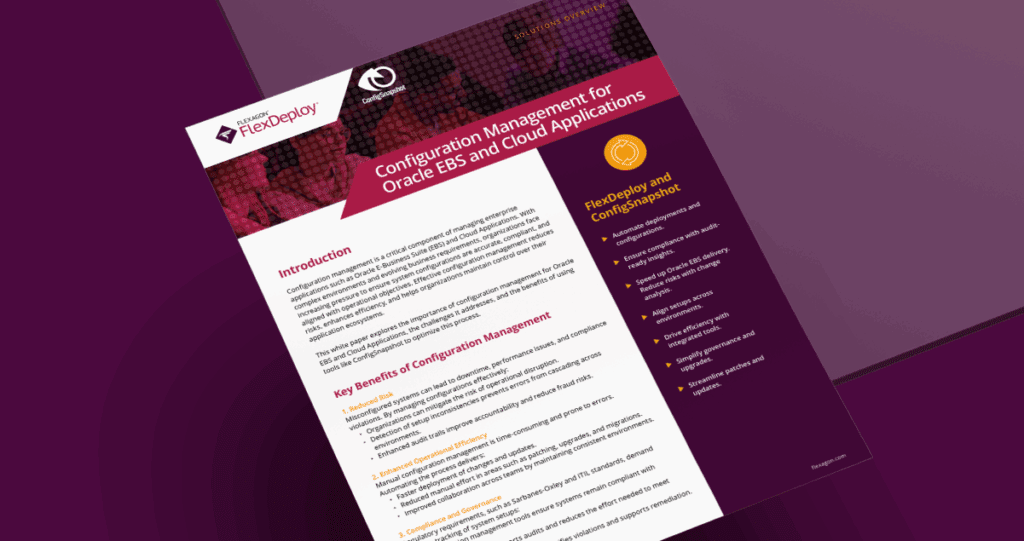Containers, led by Docker, burst onto the IT scene in 2013. In the five-plus years since, container technology has reshaped the software development landscape. The shift began with a breakdown of applications into lightweight, independent, and deployable software packages.
Since each container includes everything it needs – code, runtime, system tools and settings, plus all dependencies, libraries, and other configuration files – you can reliably move containers from one environment to another. For IT teams, this reduces frustration when problems occur due to changes between environments. It also makes the process more efficient, which benefits companies and customers.
Containers’ biggest benefit, however, could be getting software to market faster. Whether that means your IT teams speed up developing new functionality for internal business customers or delivers enhancements to a software product more quickly, containers could help you reduce your timeline. Here’s how:
Containers Complement Continuous Integration and Delivery
In the past, waterfall methodologies divided development into stages where each phase needed to be completed before the next could commence. But today’s pressure to release quality software quickly means waterfall is no longer optimal and will potentially put your company at a disadvantage in the market. That’s given rise to continuous integration (CI) and continuous delivery (CD), which empower teams to implement and deliver applications more frequently and reliably.

Containers push CI/CD benefits further through portability. When each container can be easily and reliably moved to different platforms, such as between a developer’s laptop and a private or public cloud, CI/CD processes become much smoother. Containers can also be reproduced or scaled without stalling other processes, and each container’s independence allows applications or microservices to be built, tested, deployed and modified concurrently, reducing interruption and delays.
By using containers in conjunction with CI/CD, the entire software delivery lifecycle speeds up, with fewer problems, manual tasks, and problems migrating changes between environments.
Heathrow needed more modern processes, including automation and a shift to the cloud.
Containers Create Reliable, Error-Resistant Environments
Containers can run on the same server and leverage similar resources or be distributed across resources by using Kubernetes.. Independent containers enable concurrent development of applications and ensure that a crash in one application won’t interrupt or cause a failure in other containers. This isolation also allows teams to identify and correct technical issues quickly without causing downtime in other areas.
Containers provide the best of both worlds, facilitating resource sharing while minimizing downtime and allowing teams to continue developing new functions. The result includes highly-efficient environments that let teams move forward with software development and delivery even if another group is hung up on testing or error fixes.
Containers Improve DevOps Processes
DevOps tools are designed to ease friction points in the software delivery cycle. Containers can make those processes even easier by adding flexibility. Since containers run independent to the application’s underlying host OS, IT teams can use different frameworks or platforms. The choice of platform can depend on what the application needs or what the team is most comfortable using. No matter the choice, containers can easily be moved to different host systems.
When teams work with the tools and processes they’re most comfortable with, they can deliver software faster. They won’t have to worry about wrestling with difficult or complex software, but will instead make the most of their tools in order to get software to market quickly.
Orchestrate Your Container Processes for Efficiency
As efficient as containers can be, they can also create greater complexity that can slow down software delivery instead of speeding it up. This is where orchestration becomes critical. DevOps software and automated container orchestration tools, like Kubernetes, can help manage containers so they remain efficient and continue to help you deliver high-quality software quickly.
For more tips on containers, including using Docker and Kubernetes, check out our blog series on FlexDeploy for Containers. We’ll talk about what makes FlexDeploy a perfect fit for Containers, Serverless, and Functions.


